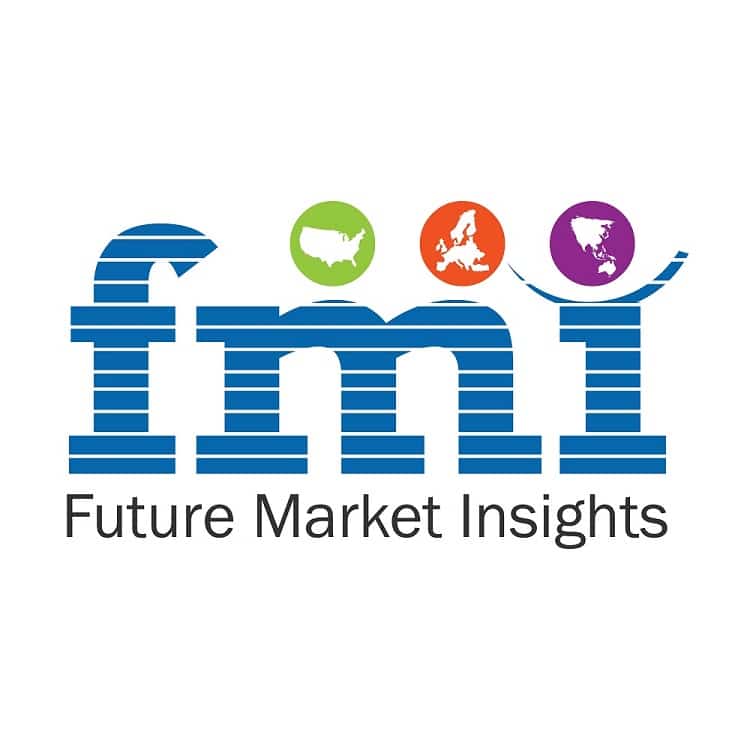Neurostimulation Market Competitive Dynamics & Global Outlook 2032

The Neurostimulation Market is growing successfully and promises an impressive CAGR of 11.5% during 2022-2032.
Neurostimulation is used to treat a variety of debilitating conditions, including gastroparesis, incontinence, Parkinson’s disease, epilepsy, depression, and essential tremors. It is a promising treatment option for patients who have not found relief from medications or surgical therapies.
Neurostimulation improves the quality of life of patients who are paralysed or have severe loss of various sense organs. As a result, neurostimulation is extremely useful in artificial vision, hearing aids, artificial limbs, and other prosthetics.
Request Sample Report: https://www.futuremarketinsights.com/reports/sample/rep-gb-400
What are the Applications of Neurostimulation Devices, Driving the Market Growth?
“There has been an phenomenal growth in the use of neurostimulation devices, as consumers are buying devices that can used in home for neurostimulation for back pain, neurostimulation for Parkinson, and other ailments.”
The global neurostimulation market is analyzed based on the therapies in which neurostimulation systems are utilized. This includes the following segments:
- Deep brain stimulation (DBS)
- Spinal cord stimulation (SCS)
- Vagus nerve stimulation (VNS)
- Sacral nerve stimulation (SNS)
Because of the presence of a large number of SNS neurostimulators in treating diabetic neuropathy, pain, postherpetic neuralgia, ischemic limb pain, and acute herpes zoster pain, spinal cord stimulation therapy accounts for the largest share of the global neurostimulation market.
Deep brain stimulators are currently used to treat neurological disorders such as Parkinson’s disease, epilepsy, dystonia, obsessive-compulsive disorder (OCD), essential tremors, and depression.
However, extensive research and technological advancements leading to new and exciting applications such as stroke, obesity, autism, sleep disorders, and many others will accelerate the growth of the deep brain stimulator market.
There is a growing demand for devices that have improved outcomes, the ability to detect a neurological episode at the start, optimise inter-device communication, and a better user interface. The development of technologies that meet the treatment objective and market demand will increase the demand for neurostimulation therapy and devices.
Furthermore, as the population ages, the prevalence of neurological disorders such as Parkinson’s disease, epilepsy, essential tremors, and depression-related disorders rises, so will the demand for neurostimulation. Furthermore, neurostimulation devices and systems are gaining acceptance for chronic pain treatment, particularly in developing economies such as India, China, Brazil, Mexico, and Russia.
Furthermore, an increase in FDA approvals for novel neurostimulators with new applications will accelerate the global neurostimulation market’s growth in the near future. However, a major challenge for manufacturers is the lack of reliable measuring systems that can provide the expected outcome of neurostimulation therapies. The high cost of therapy is a barrier to the neurostimulation market, which can be overcome by obtaining reimbursement for such devices.
Key Players
- Boston Scientific Corporation
- Cyberonics Inc.
- Jude Medical Inc.
- Medtronic Inc.
- NeuroPace Inc.
- NeuroSigma, Inc.
- Others
Key Segments
By Type
- Spinal Cord Stimulators
- Deep Brain Stimulators
- Sacral Nerve Stimulators
- Vagus Nerve Stimulators
- Others
By Application
- Pain Management
- Hearing Loss
- Urinary Incontinence
- Parkinson’s disease
- Epilepsy
- Others
By Region
- North America
- Latin America
- Asia Pacific
- Japan
- Western Europe
- Eastern Europe
- Middle East & Africa
